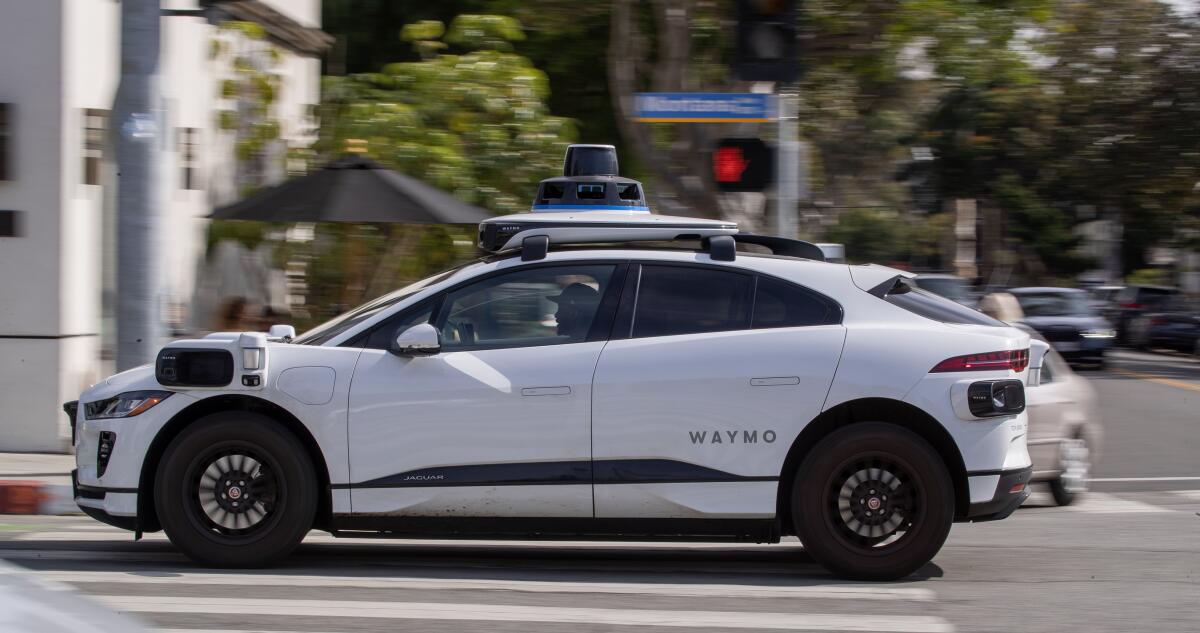Aimbridge Connection
Connecting You to the Latest in Hospitality and Travel Insights.
Autonomous Vehicles: The Future is in the Driverless Lane
Discover how autonomous vehicles are reshaping our future. Join the driverless revolution and explore the tech behind tomorrow's roads!
How Autonomous Vehicles Are Redefining Transportation
The emergence of autonomous vehicles is set to revolutionize the way we think about transportation. As these self-driving cars become more prevalent on our roads, they promise to enhance safety, reduce traffic congestion, and increase mobility for individuals unable to drive. According to the National Highway Traffic Safety Administration, automotive fatalities could drop significantly with the widespread adoption of this technology, as these vehicles are designed to minimize human error. Furthermore, the integration of artificial intelligence in vehicle navigation systems allows for real-time adjustments, making travel more efficient and less time-consuming.
Moreover, autonomous vehicles are reshaping urban planning and infrastructure. Cities around the globe are beginning to rethink their layouts to accommodate the needs of self-driving technology. For instance, the World Economic Forum highlights how autonomous cars can lead to less need for parking spaces in downtown areas, potentially transforming them into pedestrian-friendly zones. As manufacturers and tech companies collaborate to optimize this technology, we are likely to see new business models emerge, including ridesharing platforms that utilize fleets of autonomous vehicles, further enhancing the accessibility and convenience of city transport systems.

The Technology Behind Driverless Cars: What You Need to Know
The technology behind driverless cars is a complex integration of hardware and software systems that enable vehicles to navigate autonomously. At the heart of this technology are advanced algorithms powered by artificial intelligence and machine learning, which allow the car to learn from its environment and make real-time decisions. Sensor technologies such as Lidar, radar, and cameras work in tandem to create a 360-degree view of the surroundings, detecting obstacles, pedestrians, and road signs while ensuring safety and efficiency in navigation.
Moreover, driverless cars rely heavily on detailed mapping and data collection to function optimally. These vehicles utilize GPS systems for navigation and location tracking, combined with big data analytics to enhance their understanding of traffic conditions and driving patterns. As this technology continues to evolve, it promises to revolutionize transportation, making it safer and more efficient for everyone on the road.
What Are the Legal and Ethical Implications of Autonomous Vehicles?
The rise of autonomous vehicles (AVs) brings forth a myriad of legal implications that both lawmakers and manufacturers must navigate. Central to these concerns is the question of liability in the event of a crash. As outlined by the NHTSA, the transition from manual to automatic driving raises issues regarding whether the driver, the manufacturer, or the software developer is at fault. Furthermore, regulatory challenges must be addressed, including the need for standardized testing and compliance with existing traffic laws. Autonomous vehicles challenge conventional traffic regulations, as they do not neatly fit into existing frameworks meant for human drivers.
On the ethical side, one of the most pressing issues is the moral algorithm that governs decision-making in critical situations. For instance, should an AV prioritize the safety of its passengers over pedestrians in unavoidable crash scenarios? This dilemma is often referred to as the "trolley problem". The ethical programming of these vehicles raises questions not only of social responsibility but also of public trust. As society progresses toward increased reliance on AVs, understanding these ethical implications is essential to ensure that technological advancements align with community values and safety concerns.